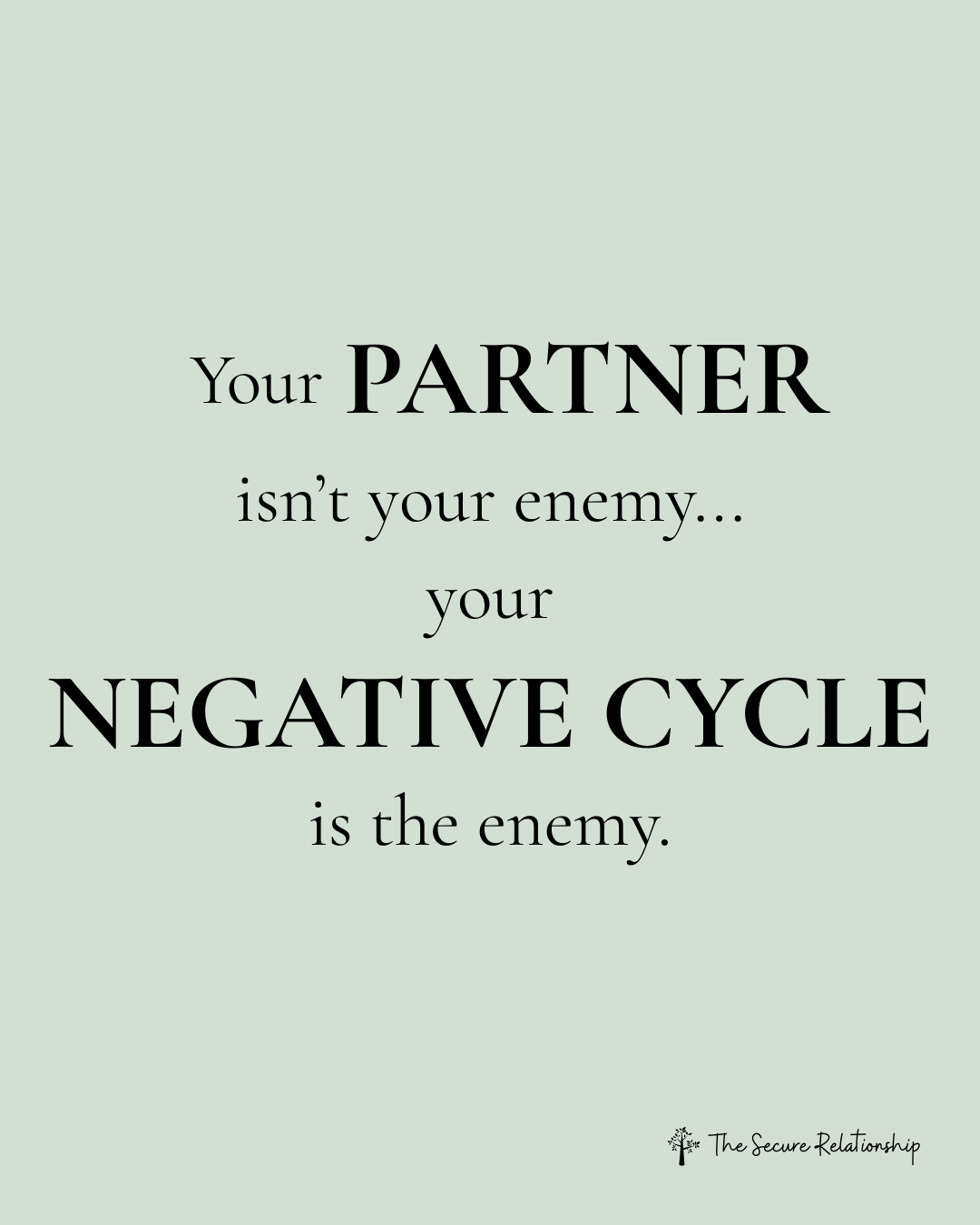How to Be Emotionally Available – Part Two: Authenticity
How to Be Emotionally Available – Part Two: Authenticity
Authenticity
Being authentic means communicating your true self:
Your thoughts
Your feelings
Your ideas and opinions
Your likes and dislikes
Your values
Your fears
Your goals and dreams
Your awareness of your faults and strengths
The way you view yourself
What makes you feel proud
What brings you shame
What you value in others
What you know—and what you don’t
You can only truly connect with another person if you’re willing and able to be authentic.
If you aren’t being authentic, you aren’t showing up.
And if you’re not showing up, there’s none of you to connect with.
Hiding your real self might feel like a safer way to be in a relationship—because you don’t have to risk rejection.
But the downside is this: relationships without authenticity feel empty.
And empty relationships leave you feeling alone.
When you feel alone, you might start trying to get your needs met in other ways that don’t actually work:
Clinging
Picking fights
Controlling
Focusing on superficial issues
These behaviors are often attempts at connection. But when someone doesn’t know how to be authentic, they may not know how to truly and deeply connect.
To Find Authenticity, Consider the Following:
Know Who You Are
Go back to the list above. How much of that do you know about yourself?
Try journaling. Be curious. If you don’t know who you are, that’s okay—start learning.
Knowing yourself is the first step toward expressing yourself.
Commit to Working Toward Self-Acceptance
The more you accept yourself, the easier it will be to share yourself.
Ask yourself:
Was anyone curious about your inner world growing up?
Was it safe to express your true thoughts and feelings?
If not, it makes sense that being real now feels scary. That doesn’t mean it’s not worth practicing.
Face Your Fears
In the long run, it feels better to be authentic than it does to stay “safe” by hiding.
Being authentic doesn’t mean you’ll always get the response you want.
At first, others might even reject your authenticity.
But over time, they’ll get used to it—and may even feel inspired to be more authentic with you, especially if you can accept their truth the way you want yours to be accepted.
Be Transparent About Where You Are
Authenticity isn’t about always having the right words. It’s about being real with whatever you’ve got.
“I’m not sure what I think or feel right now.”
“Sometimes I feel afraid to share my deepest thoughts because I worry I’ll be rejected.”
Those statements are authentic.
In Summary
Authenticity means expressing your true self and being real.
You can’t fully connect with others without it.
You can learn and practice being authentic—even if it doesn’t come naturally.
And if you're stuck, getting professional help can make a big difference.
Using authenticity to connect eliminates the need to try to connect in ways that don’t work—like controlling, clinging, or criticizing.
It’s better to take the risk and be real than to feel alone while hiding.
Related Resource:
Support for Breaking the Cycle
Understanding Shame Course – Identify what blocks you from being authentic and work through it
Relationship Coaching – Get help learning how to express your real self
Couple and Individual Group – Share and connect authentically in a safe space.
“If you aren’t being authentic, you aren’t showing up. And if you’re not showing up, there’s none of you to connect with.”


Trying to control your environment—like keeping a spotless house—can sometimes be a way to manage inner anxiety caused by relationship disconnection. But when that strategy backfires, it can create more of the very disconnection you’re trying to avoid. This post explores how personal anxiety shows up in relationships, and how couples can break the cycle.